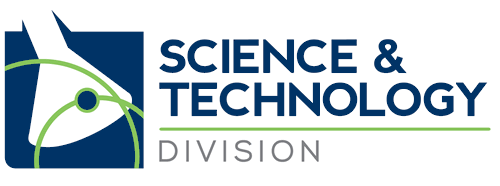Here is another review of Kevin Costellos very popular presentation at the annual ATA conference. We thought it would be interesting to get two peoples point of view of the same presentation. This review is written by Danielle Maxson.
Some people believe that technical writing is dry, verbose, self-aggrandizing, and just plain boring. These poor people have never met Kevin Costello. At the recent ATA conference in Boston, I attended a session by this translation instructor from James Madison University. His presentation, “Mind All the Gaps in Spanish-English Technical Translation” showed attendees that technical translation does not have to be dry, nor does talking about it.
- Write shorter sentences. (Spanish sentences can go on for miles. English sentences should not.)
- Prefer the active voice. (Passive constructions are generally favored in Spanish technical writing. English can — and often should — be more direct.)
- Use a personal style. (In English, “we looked up and saw” makes more sense than “upon looking up, it was seen that. . .”)
- Use verbs. (The structure of Spanish allows for the use of many more nouns than we are accustomed to using in English. Changing the nouns to verbs usually improves comprehensibility.)
- Use consistent vocabulary. (Repetition is generally frowned upon in Spanish, so writers tend to use plenty of synonyms. In English, it is often better to pick one word and stick with it.)
- Use parallel structure. (The Spanish text may say “Group 1 averaged 12 accidents, and the second group had a mean of 8.” An English text, however, would use the same structure for both phrases: “Group 1 averaged 12 accidents, and Group 2 averaged 8.”)
- Remove redundancies. (Translating every word of a sentence in Spanish often leads to needless repetition. These repetitions can be omitted without damage to the meaning of the text.)

